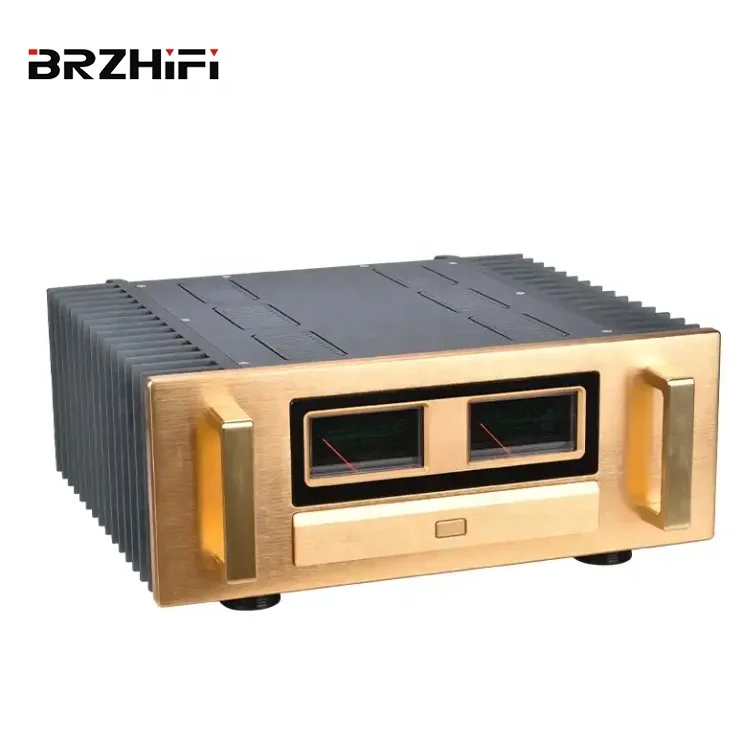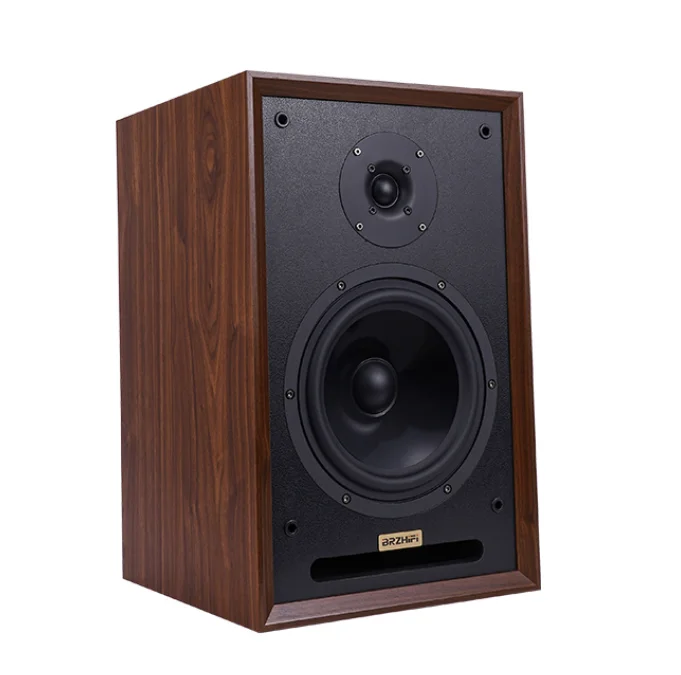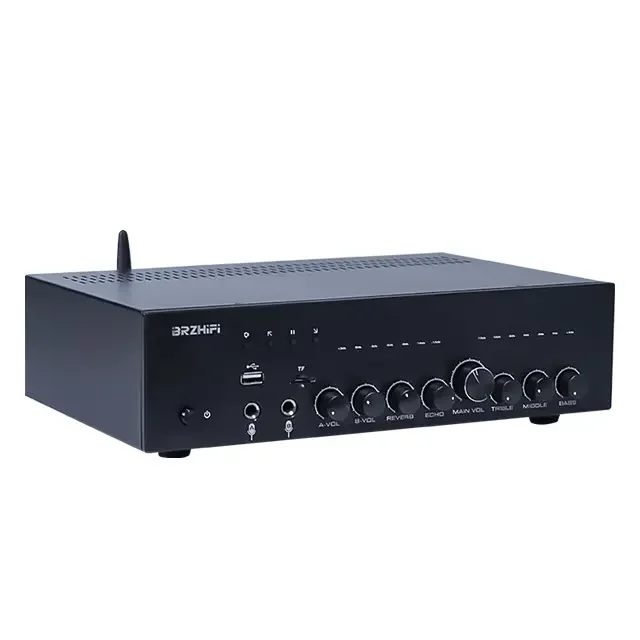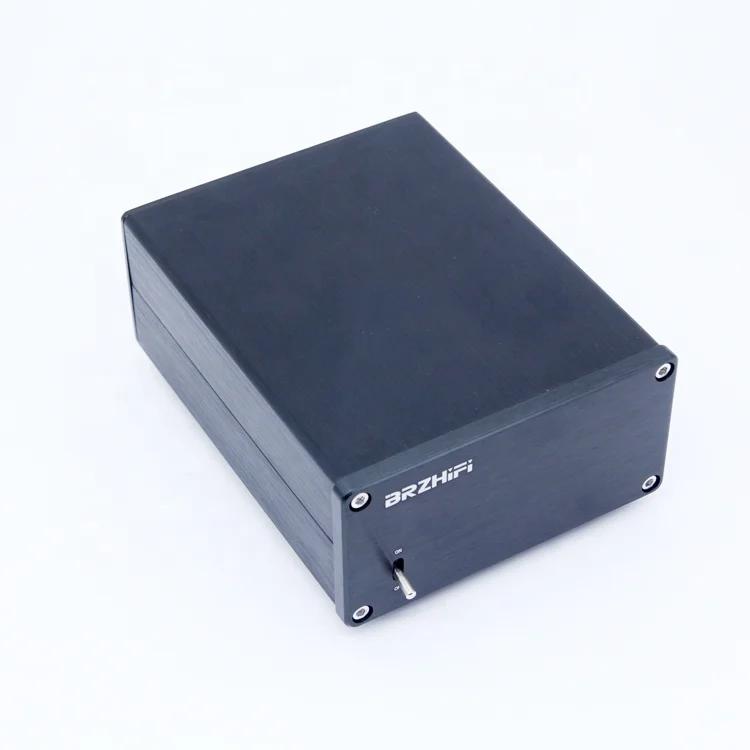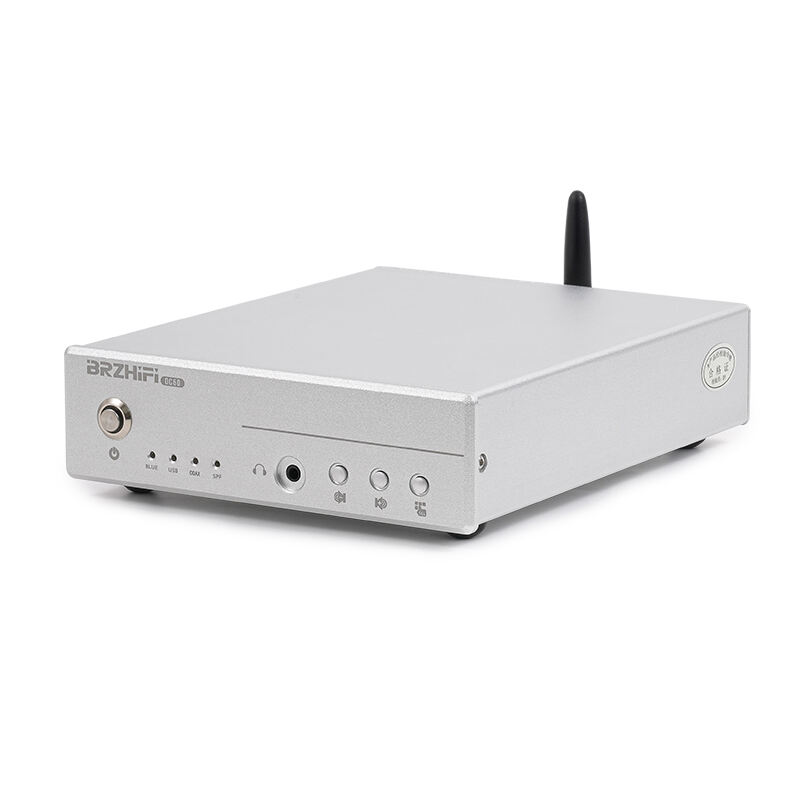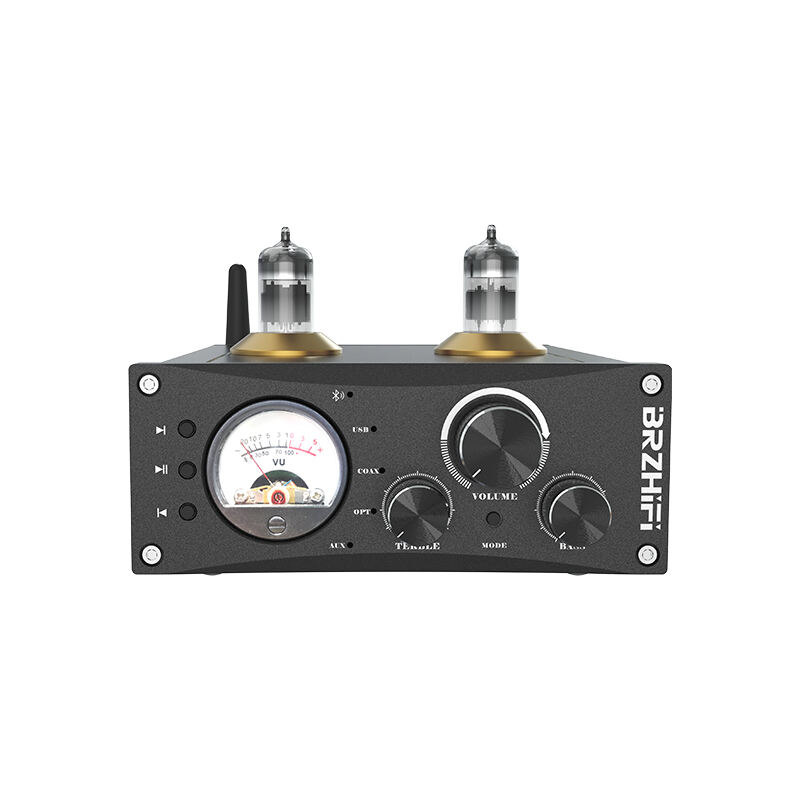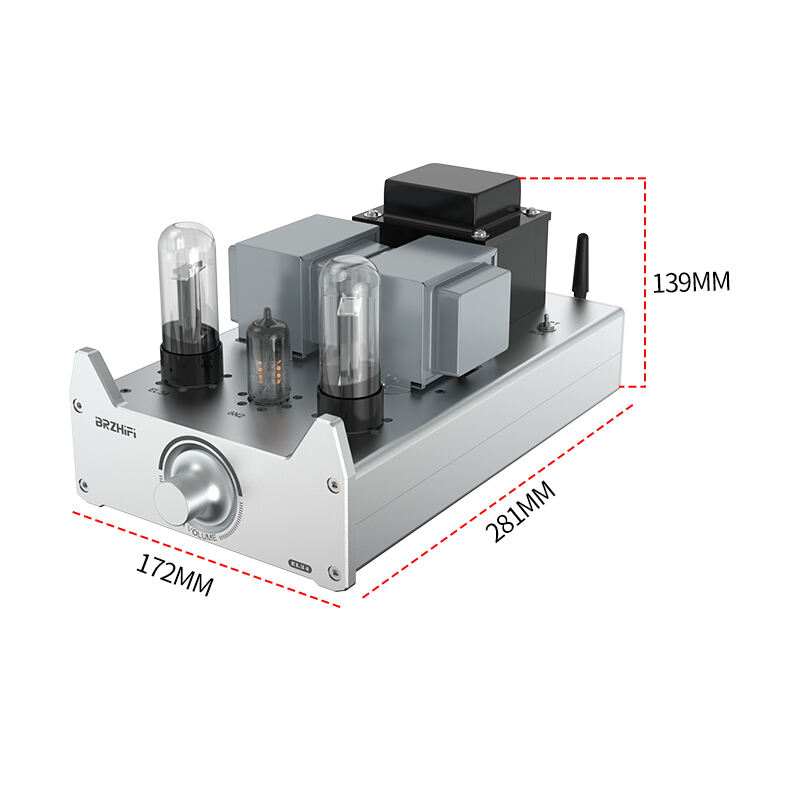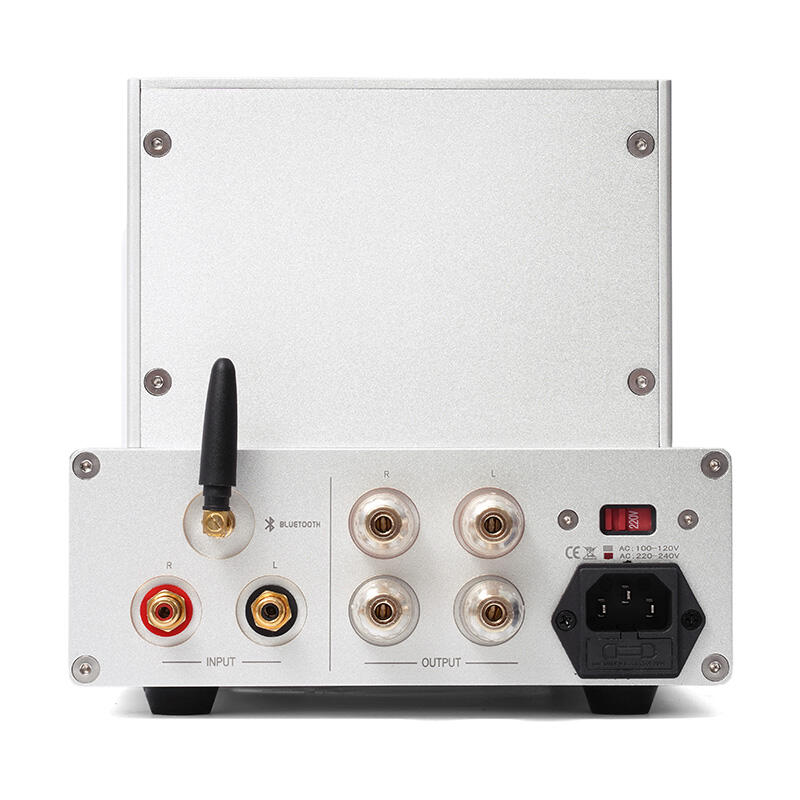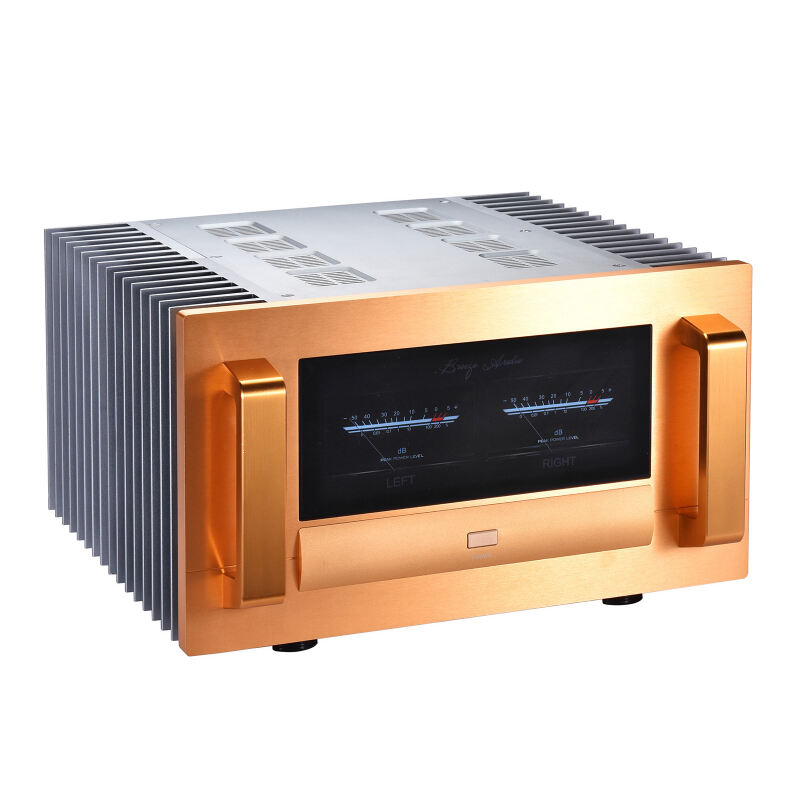class a amplifier diy
A Class A amplifier DIY project represents the pinnacle of audio amplification, offering enthusiasts the opportunity to build their own high-fidelity sound system. These amplifiers operate by keeping the output devices conducting through the entire signal cycle, resulting in the most linear and distortion-free audio reproduction possible. The DIY approach allows audio enthusiasts to carefully select premium components, customize the circuit design, and optimize performance according to their specific requirements. The building process typically involves creating a power supply unit, implementing the amplification stage, and incorporating protection circuits. Class A amplifiers are distinguished by their superior sound quality, achieved through continuous biasing of the output transistors, which eliminates crossover distortion common in other amplifier classes. While they operate with lower efficiency and generate more heat, their unparalleled audio performance makes them highly sought after by audiophiles. The construction process requires careful attention to component matching, heat management, and power supply design, making it an engaging project for electronics enthusiasts.

